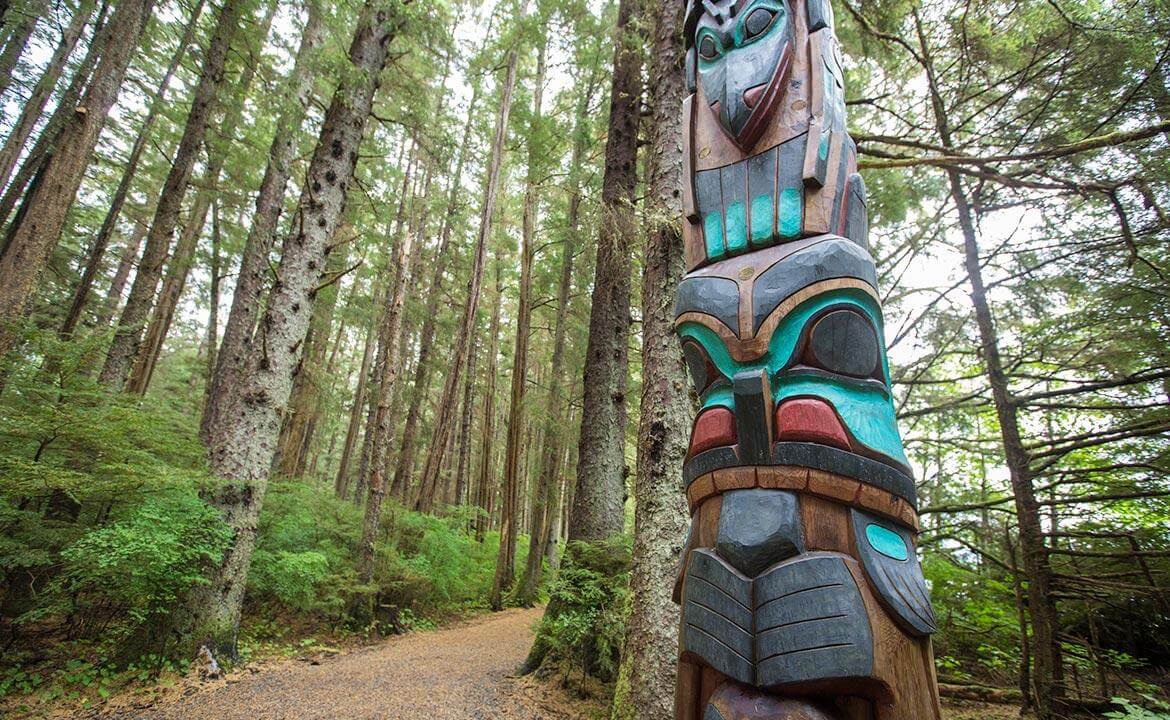Southeast Alaska
For millennia, our Tlingit ancestors thrived in the temperate rainforest of Southeast Alaska.
A narrow strip of coastline and a large archipelago of over one-thousand islands constitute Southeast Alaska, otherwise known as Alaska’s Panhandle. This unique region boasts some of the world’s most remarkable geography, including Glacier Bay National Park and the Tracy Arm-Fords Terror Wilderness Area, as well as the Misty Fjords National Monument and Admiralty Island National Monument.
The vast majority of Southeast Alaska lies within the reaches of the Tongass National Forest, a temperate rainforest which receives 100-300 inches of precipitation per year. This abundant moisture contributes to the health and vibrancy of the coniferous Sitka spruce and western hemlock forest.
A myriad of land mammals, including both brown and black bears, wolves, moose, and mountain goats find ideal habitat amongst the lush vegetation and mountains of the area.

Glacially-carved passages and fjords separate the islands of the region, forming an “Inside Passage.” These protected waterways act as arteries between the Gulf of Alaska and the rivers and watersheds of the land. All five species of Pacific salmon, halibut, rockfish, and king crab inhabit the region. In addition, marine mammals such as humpback whales, orcas, harbor seals, and porpoise feed in the nutrient-rich passages.
The Inside Passage also served as an important water route for Southeast Alaska’s indigenous cultures. The Tlingit, Haida, and Tsimishian peoples traveled the passages to trade, hunt, and fish. Even today, the waters of Southeast Alaska remain a marine “highway” for residents, as most of the region’s communities are only accessible by air or watercraft.
Learn more about our hometown – Sitka, Alaska.

